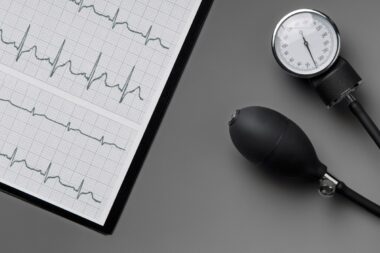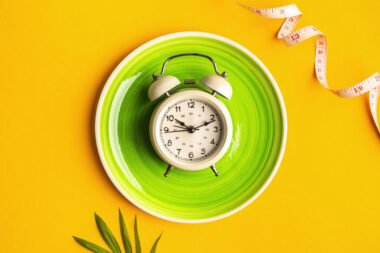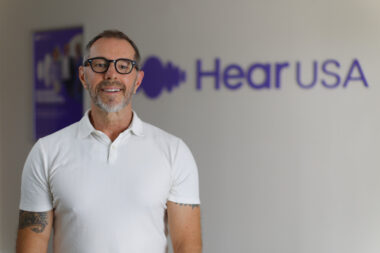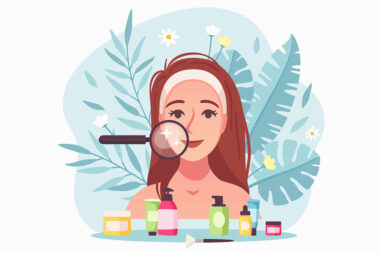With the launch of the iPhone in 2007, personal communications changed as consumers slowly adapted to accessing friends, entertainment, finance, shopping… almost everything through their smartphones.
As Apple famously announced in their seminal ad campaign in 2009, there’s an app for that.
While an increase in phone screen time has meant that most of us spend less time physically socializing with people in the real world, there have been many good things to come from regular use of the apps on our phones. One of those has been the increased focus on health and fitness tracking thanks to apps like Fitbit, Cashwalk, and MyFitnessPal which enable tracking our activity, steps, and calories.
But if ‘Men are from Mars, and Women are from Venus’, then app usability should be different, particularly for gender-specific apps. And the difference must be more than making a women’s app logo in the color pink.
Fortunately, we’ve progressed since Apple launched the company’s Health App in the App Store in 2014 with the ability to track calories burned while working out, the duration of a walk, and heart rate but didn’t include a way for women to track their menstrual cycle.
Make it hers
Analysis from consumer research firm GWI from late 2023 found that women seek out female-centric health brands. The gaps in modern women’s healthcare have created opportunities for companies and apps supporting women’s health and fitness to address issues related to general health as well as fitness, nutrition, sleep, and mindfulness. Within each of these categories, many companies have been founded to address issues around sexual care, period tracking, and fertility tracking, just to name a few.
More than just colors and usability aimed at women, users want to feel like the app was created for them by women like them.
Health and fitness apps’ real benefit: Repetition and consistency
The greatest benefit of health and fitness apps to our daily routine is the repetition and consistency. Thanks to sticky usability and gamification, apps are habit-forming, prompting users to monitor their heart rate, step count, or periods regularly. Therefore, they can alert their doctors if irregular patterns exist at an early stage. For example, irregular and long menstrual cycles, though common among women of reproductive age, have been associated with a higher risk of getting major chronic diseases including ovarian cancer, coronary heart disease, type 2 diabetes, and mental health problems. By seeing these irregularities through consistent app monitoring, women can alert their gynecologists early.
Because of this, health and fitness apps are helping keep their users healthy between doctor’s visits, and are providing data that enables doctors to more effectively treat their patients.
Personalize it
Beyond designing a health and fitness app for women, the app should also be personalized according to each user’s life stage, usage, and needs. For fitness apps, this should mean that activities can be customized according to the type and frequency of activities according to each user’s usage patterns. For example, a fitness app user who normally walks 2000 steps before 9:00 am might receive a notification (if notifications are enabled) if they’ve walked less than 1000 steps by 10:00 am unless it’s a day of the week when that user historically walks much fewer steps in the morning.
Health and fitness apps provide real value to users because they monitor and manage relevant health data over time, providing a true picture of the user’s health which can help doctors make diagnoses early based on actual data.
This creates an opportunity for marketers to offer users an app with real value, which is the dream of any app developer. As a mobile marketing platform, we’ve enabled women’s health apps to exceed, even double their KPIs, via targeted marketing campaigns.
There have been extensive articles regarding the negative effects of mobile phone screen time on society. That said, health and fitness applications provide real value to the women who use them, enabling them to more effectively monitor and manage their health and fitness. And when needed, these applications can provide indications that can help medical professionals make diagnoses that might not have been possible without the app-based data.

Nadia Higgs is a Senior Digital Influencer Marketing and Customer Success at Zoomd Technologies.




































